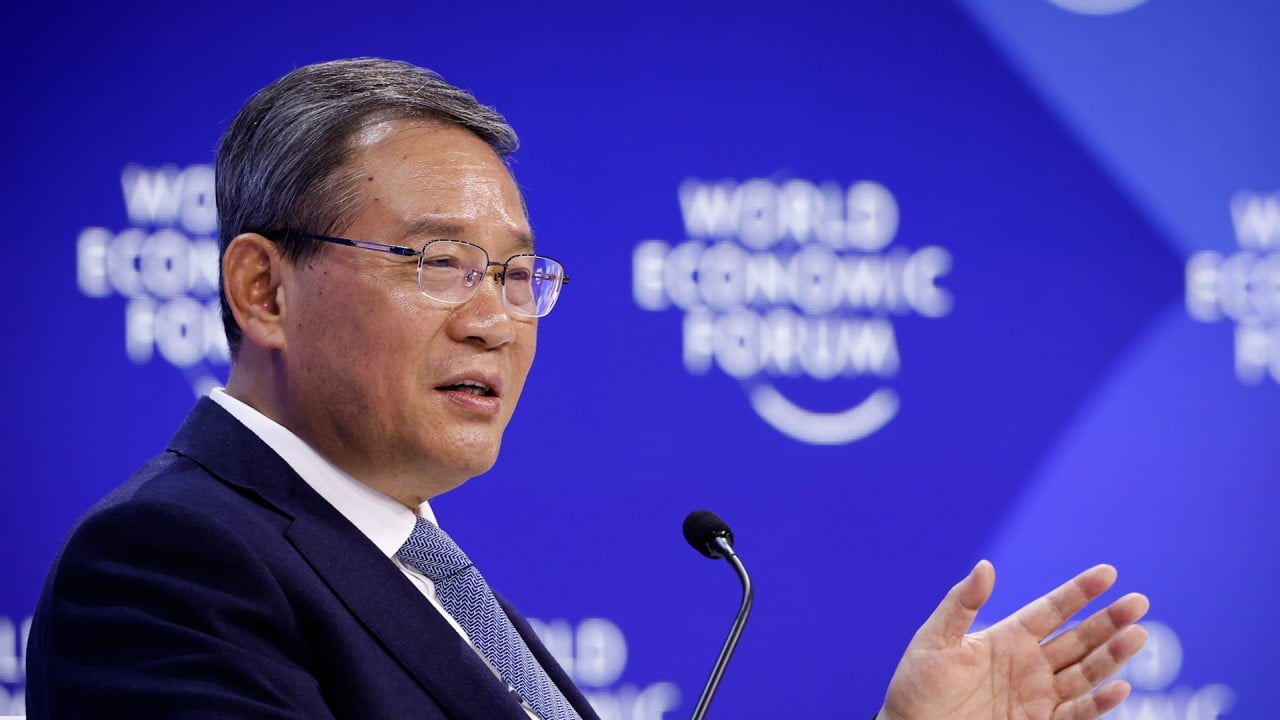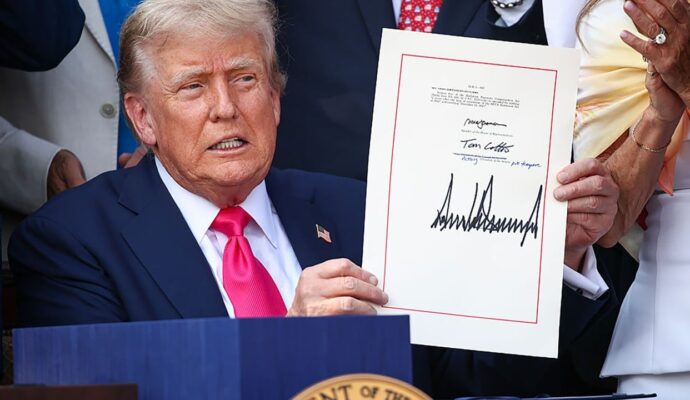China is widely expected to announce an ambitious GDP growth target this year, with most analysts anticipating Premier Li Qiang will set a goal of 5 per cent when he delivers his first government work report at the opening of the National People’s Congress on March 5.
Beijing needs to … demonstrate to domestic and foreign businesses what China will do and how they can help
The congress, a meeting of the country’s top legislature, will be held at the same time as the annual gathering of the national advisory body – a period collectively known as the “two sessions” on the Chinese political calendar.
Leaders are also likely to leverage the gatherings to respond to oft-cited concerns that have undermined China’s appeal for investors, such as unpredictable policies, a lack of decisive reform and an overemphasis on national security.
“Beijing needs to flesh out a clear road map and systematically demonstrate to domestic and foreign businesses what China will do and how they can help and benefit. The two sessions will be a good occasion,” said Fu Weigang, an executive director with the Shanghai Institute of Finance and Law.
A similar 4 trillion yuan (US$555.7 billion) spending package is not on the cards. Instead, the country has shifted focus to what it terms “new productive forces” – areas which align with systemic advantages and carry enormous upside potential – as the catalyst for future growth and development.
The rather limited stimulus we’ve seen so far is not enough for the 5 per cent goal
Fu said the experiences of many local regions shows that transition could happen without the economy losing speed, but cautioned that “growth could be slowed by the lack of transition and reforms”.
Alicia Garcia-Herrero, chief economist for Asia-Pacific at Natixis, said the Chinese economy would likely muddle through 2024, forecasting a more modest level of growth at around 4.5 per cent.
“The rather limited stimulus we’ve seen so far is not enough for the 5 per cent goal,” she said. “Early data for January doesn’t look good either, and the first quarter will be underwhelming. Beijing will have to push harder.”
“The best-case scenario is that China’s growth for 2024 is 4.5 per cent, and it may still maintain a 4 per cent clip per year before 2030 without optimising its socioeconomic systems,” said Tomoo Marukawa, a professor of economics at the University of Tokyo.
“But potential growth will plunge to 2.8 per cent in the 2030s. There’s a possibility that China will not be able to reach its [growth] potential due to policy mismanagement.”
Beijing issued 1 trillion yuan of special treasury bonds in October, which lifted the country’s fiscal deficit ratio to 3.8 per cent from the previously budgeted 3 per cent.
Lawmakers may discuss the government’s new model for the property sector, local government financing and fiscal reforms, the investment bank said, as well as demand-side stimulus to motivate consumption.
“Focus on yet more supply-side stimulus risks worsening overcapacity and deflation, and increases reliance on external demand. It is also shifting the structure of the economy toward the state sector, which suggests the quality of capital allocation and returns on investment will decline,” said Gavekal Dragonomics in a January research report.
In addition, a cooling US economy and a saturated Russian market may not offer much in terms of export destinations. Last year’s figures already saw a drop, 4.6 per cent year on year in US dollar terms.
“Beijing clearly views the ‘new three’ as the way forward, but I don’t think the world will take much more because [such goods] already command a huge market share overseas, with two-thirds of production exported,” said Garcia-Herrero of Natixis.
“To keep up growth, the ‘new three’ export drive would imply further penetration into open markets. But we see that the US is no longer open. Europe will probably no longer stay open,” she said.
EV restrictions from US, EU could throw a wrench into China’s recovery plans
EV restrictions from US, EU could throw a wrench into China’s recovery plans
A wave of PV module exports from China has also triggered calls to action in Europe, as the continent tries to shine more light on clean energy sourcing while shedding reliance on Chinese suppliers.
“The US and EU will not allow Chinese manufacturers to rise from marginal suppliers to dominant players. They will use all measures, from anti-dumping tariffs to economic security laws, to prevent that from happening,” said Marukawa of the University of Tokyo.
Private investment dipped 0.4 per cent year on year in 2023, and that of foreign firms rose a mere 0.6 per cent. Both lagged behind a rise of 6.4 per cent observed in the state sector, according to official data.
Confidence among many small firms is hanging by a thread, said Peng Biao, a Guangzhou-based supply chain analyst tracking clothing and textile producers.
She said “90 per cent” of the small firms she had surveyed indicated their outlook for 2024 is still weak.
“For instance, many will only have a shoestring budget to attend three to five exhibitions this year, when in the past most would go to 10 trade shows, and would only net small orders,” Peng said.
She added that cutting costs would be their first priority, as many would slash headcount and production in the absence of sizeable orders.
Chinese investment bank joins growing chorus calling for direct fiscal stimulus
Chinese investment bank joins growing chorus calling for direct fiscal stimulus
“When business dries up at home, many [would] contemplate setting up plants abroad this year, but that’s a challenge when you have meagre profits,” she said.
Foreign capital has turned to other markets, spooked by heightened geopolitical tensions and other factors, pushing the country’s annual net receipt of foreign direct investment (FDI) to a 30-year low in 2023, according to data released by the State Administration of Foreign Exchange.
Data from the Ministry of Commerce also indicates a reversal remains far from view, as FDI inflows dropped to 112.7 billion yuan in January, a 11.7 per cent fall year on year.
“The rising weight of political ideology in policymaking depresses investments by Chinese and foreign firms alike,” argued Rhodium Group and the Atlantic Council in their China Pathfinder Report, “because it reduces the net present value of business opportunities by adding unmanageable risks.”
Though China won’t slip into chronic deflation overnight, policymakers need to accept the rising threat and actuate reforms now
The two research houses echoed other long-standing concerns in the January report. “Policymakers did next to nothing to tackle real structural problems,” they said. “Long-term growth potential will disappoint until fundamentals are addressed … Beijing must soon acknowledge that slower growth, in the 3 to 4 per cent range, is here to stay.”
China’s consumer price index fell for the fourth month in a row in January – the steepest drop since September 2009 – while factory-gate prices declined for a 16th straight month.
“China’s development level is way below where Japan was when its deflation began in the 1990s. Though China won’t slip into chronic deflation overnight, policymakers need to accept the rising threat and actuate reforms now,” urged Marukawa of the University of Tokyo.
He did add, however, that if Beijing is able to manage issues well, China would march into the cohort of high-income nations within a few years.



